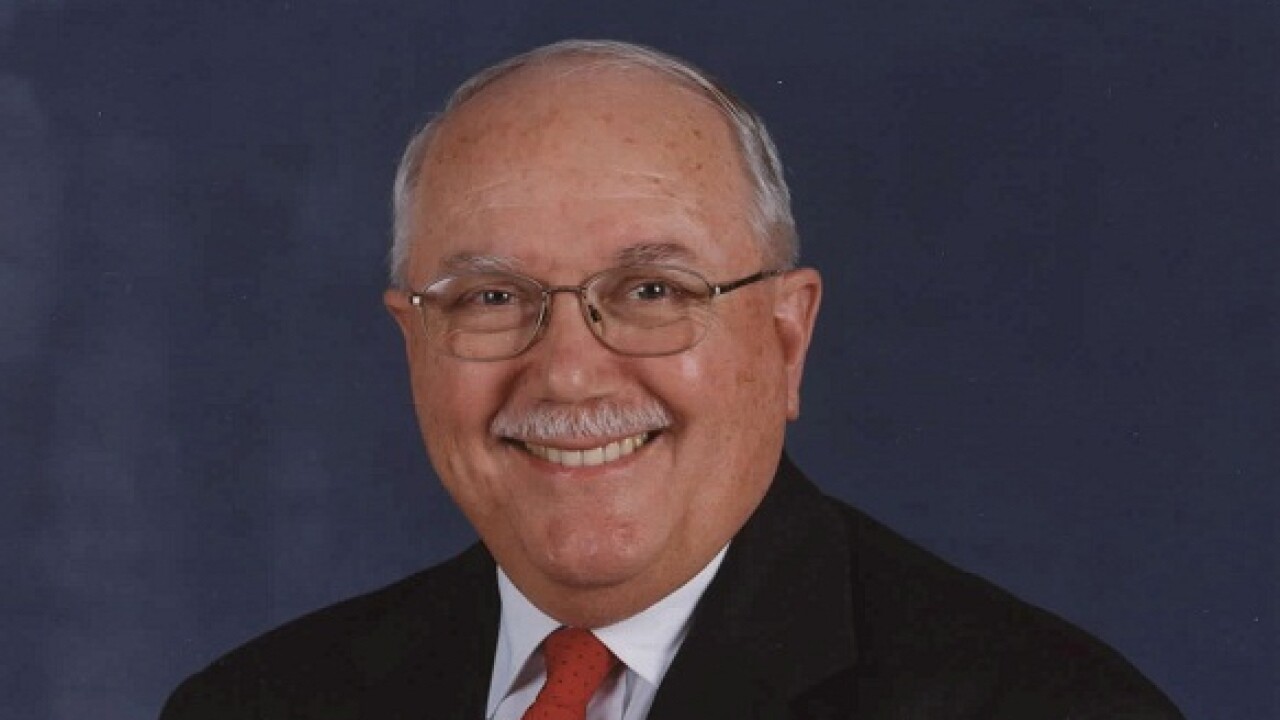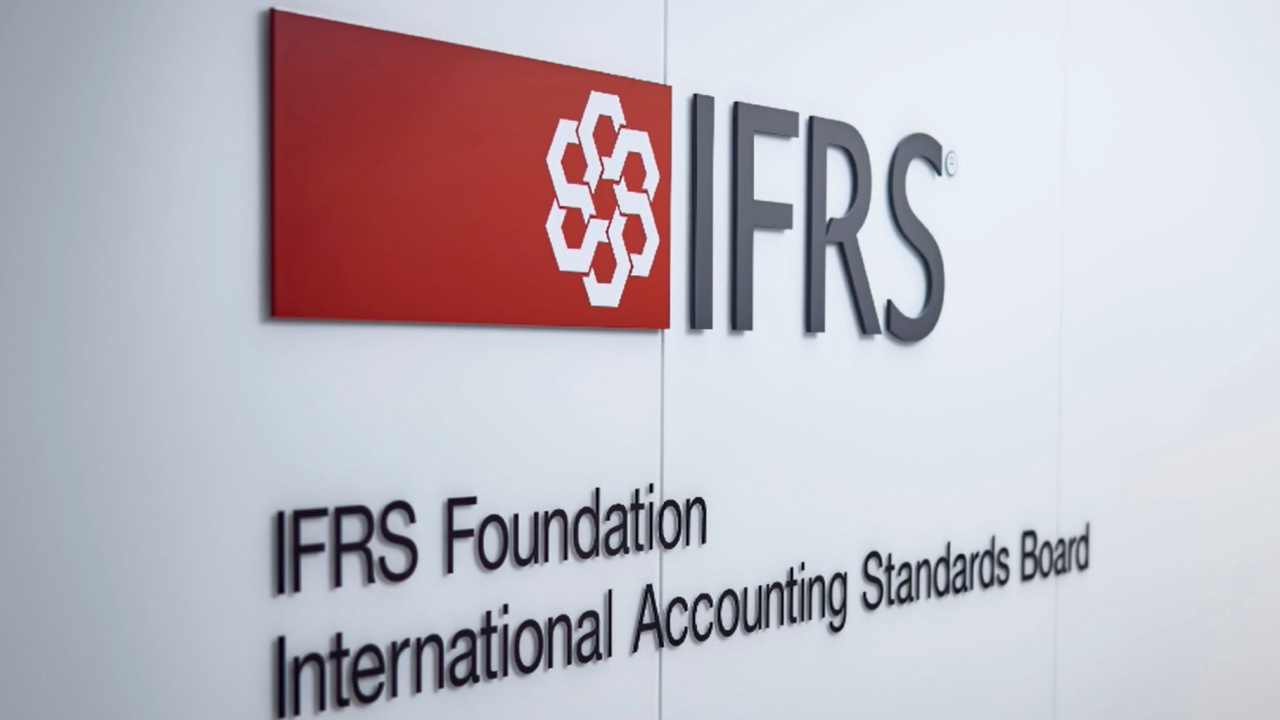The vast majority of crypto transactions on unregulated exchanges are essentially fake, giving the false impression of a much higher trading volume.
To find this out, researchers examined the cryptocurrency transaction information on 29 major exchanges, using a proprietary database maintained by
The final sample contained 448,475,535 transactions. The study examined only Bitcoin (BTC), Ether (ETH), Ripple (XRP), and Litecoin (LTC), which represent over 60% of cryptocurrency volume and are available on almost all exchanges.
Then, researchers examined the distribution of the first significant digit for transactions on each exchange against
"These estimates translate into wash trading of over $4.5 trillion in spot markets and over $1.5 trillion in derivatives markets in the first quarter of 2020 alone," said the paper.
This serves to make the exchanges appear much more active than they actually are. For instance, one of the unregulated exchanges has an average volume of $50,944 million; in contrast, a regulated exchange in the sample had a volume of $15,212 million. However, while there is a tendency for unregulated exchanges to have higher trading volumes, the researchers said there can still be significant variation, pointing to one unregulated exchange that only has a volume of dozens of millions of dollars, versus a large number of similar exchanges that process tens of billions.
The paper said that one effect, though, of unregulated exchanges tending to display higher volumes is that people become more likely to choose that exchange, at least based on web rankings.
"We find regulated exchanges ... fall behind many unregulated Tier-1 exchanges in their ranking based on web traffic. ... Although trading-volume ranks cannot fully represent the quality and liquidity of exchanges, it is used by most ranking agencies. Thus, cryptocurrency investors are likely to choose an exchange based on these trading-volume-based ranks," said the paper.
Not all crypto exchanges, however, were found to have such rampant wash trading. The study said it was all but absent in regulated exchanges (which makes sense, as the practice has been
"One would anticipate that unregulated exchanges, especially ones that are launched later, are motivated to engage in wash trading in order to achieve higher rankings and acquire more customers," said the paper.





